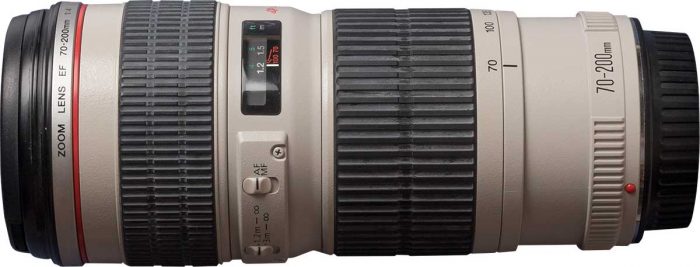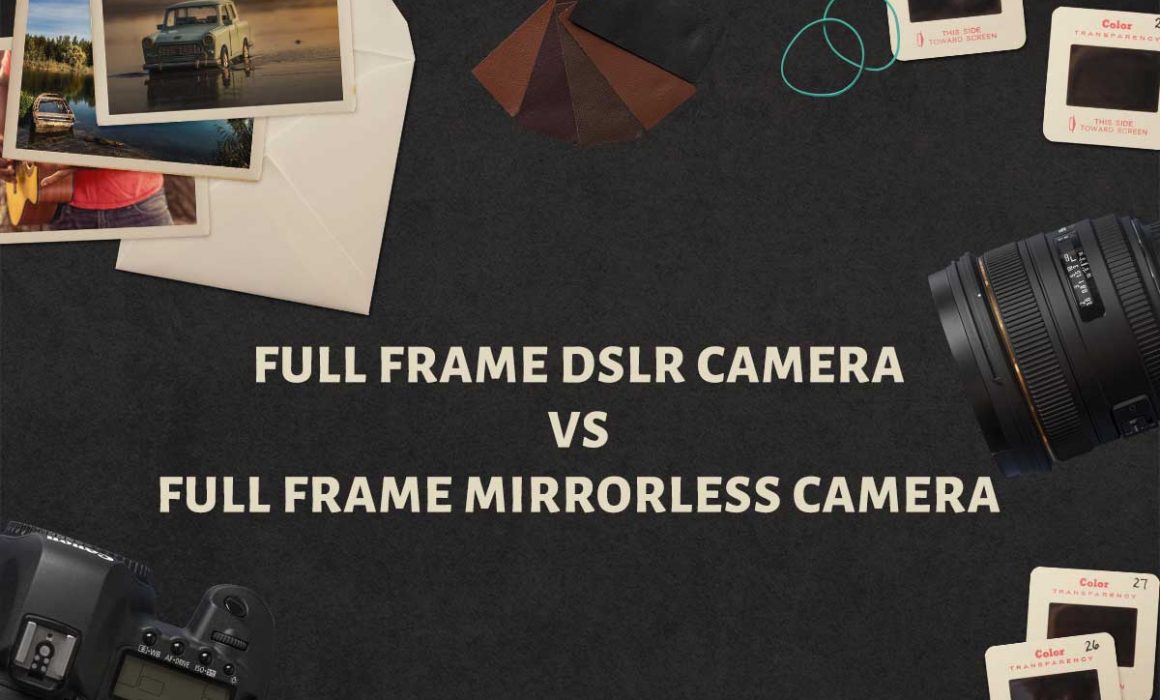Full frame Mirrorless Cameras Vs Full frame DSLR Cameras
Now, we have full-frame mirrorless cameras from Sony, Nikon, Canon and Panasonic. Does that give an indication of the decline of full-frame DSLR cameras? We need to wait and see. Sony is the first manufacturer to launch the full-frame mirrorless and they are quite successful with their high-end model Sony a7R III. Let us see who wins in the battle of Full-frame Mirrorless Cameras Vs Full-frame DSLR Cameras.
#1. Weight
If you compare the top-end full-frame mirrorless camera and a top-end full-frame DSLR camera, the mirrorless weighs much less than the respective DSLR.
Canon EOS R full-frame mirrorless camera weighs 580 g only (Body Only). On the other hand, the Canon 1DX Mark ii weighs 1340 g (Body only).
Thus, the DSLR weighs almost double the mirrorless. A clear win for the full-frame mirrorless camera in the weight factor.
#2. Size
The less weight of the mirrorless camera imply they are smaller in size too.
The dimensions of Canon 1DX Mark ii DSLR is approximately 158.0 x 167.6 x 82.6mm and that of Canon EOS R is 135.8 x 98.3 x84.4 mm.
Thus, you can easily carry your mirrorless camera in your travel bag.
#3. Cost
When it comes to the cost factor, both these cameras are expensive.
If you are on a low budget and looking for a full-frame camera, you can always go for a used one.
#4. Lens Factor

Since the mirrorless cameras quite new in the market they have fewer lens options. But we can expect more lens in a couple of years. Manufacturers like Canon and Nikon has come up with adapters which are capable of using the existing camera lenses with their mirrorless models. But, you can expect some reduction in focussing speed when you use this adapter. This is one factor which manufacturers really need to catch up with.
#5. Usability Factor
The smaller size and weight makes mirrorless more friendly.
All camera brands use the same workflow interface in their mirrorless system also. It ensures that a person currently using a Canon full-frame DSLR camera would find it easy to use the full-frame mirrorless camera from Canon. Same is the case with other manufacturers.
#6. The RAW factor
Both the camera series supports the RAW image format. So, it is a win-win situation for both the series.
Other factors are similar to the DSLR camera bodies. So, it is photographers choice when it comes to Full-frame Mirrorless cameras Vs Full frame DSLR cameras. In my opinion, if you have are planning to look for a second camera body then you can invest in the mirrorless body from the same manufacturer. You can make use of the adapters so that your existing lenses would become compatible.
Consider reading, Micro Four Thirds Vs Full Frame Camera

